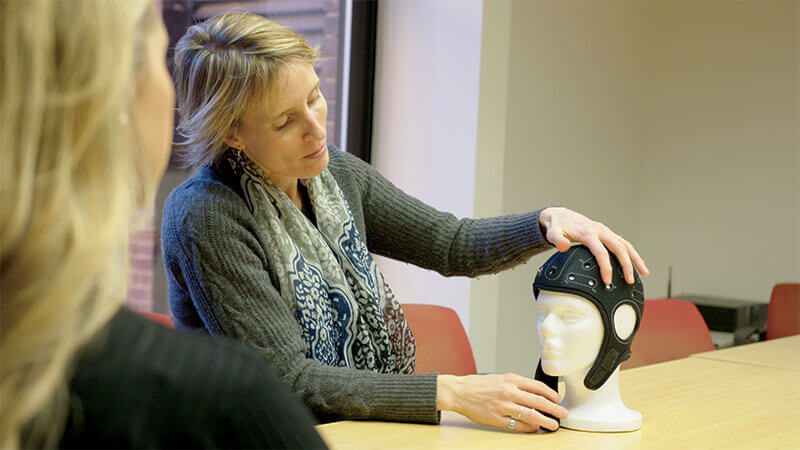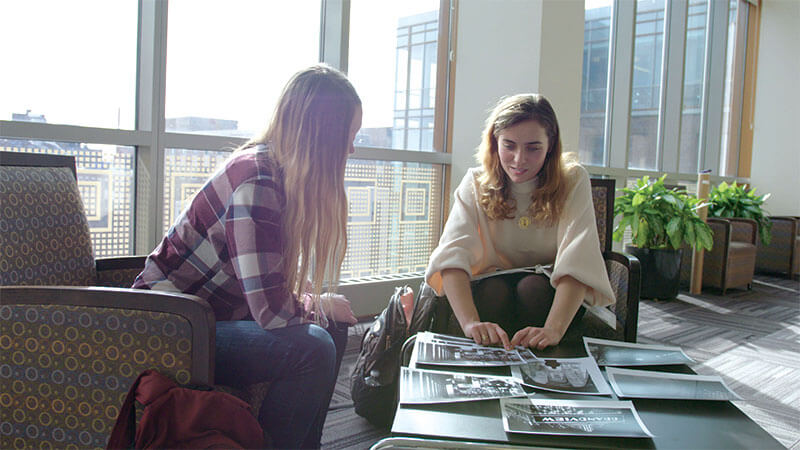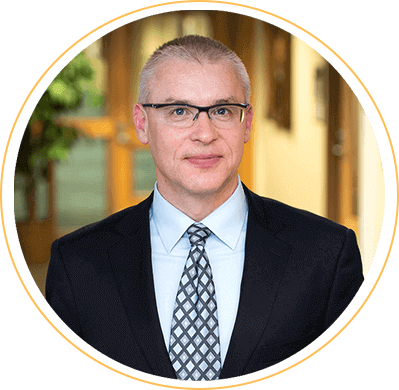


Natalie Narvaez simply wanted to help other people like her.
And so, the University of Minnesota sophomore opened up about her long struggle with depression and her participation in Dr. Katie Cullen’s promising research using mindful breathing and neurostimulation as alternatives to existing therapies.
Now, with a global pandemic, civil unrest and an uncertain economy getting so many of us down, we need Natalie’s voice as well as that of Dr. Cullen and her graduate student researcher Michelle Thai more than ever.
How do we recognize depression in ourselves? How do we know when to reach out for professional help? And, most importantly, how do we get to the other side?
“The coronavirus has been very stressful,” Natalie says through a computer screen in her parents’ home. “My dad is 72. So I worry about him every day.”
“I kept thinking about this virus going across the globe,” admits Dr. Cullen, whose research is only now ramping back up as campus gradually reopens.
Adds Michelle, who sees students as part of her training: “Our teens have lost so much that it’s hard for some of them to maintain the progress they’ve made.”

Feeling low, like there’s nothing to look forward to, Dr. Cullen says, is the most common symptom of depression.
Losing interest in some of the things that used to give us pleasure is another key sign – along with difficulty sleeping and a change in appetite.
But it’s suicidal thoughts, Dr. Cullen says, not just in ourselves but in our loved ones, that are most worrisome and call for professional help.
Effective therapies and medication are available for those of us with thoughts of harming ourselves or who are paralyzed by worry, Dr. Cullen says.

For the rest of us, the key is self-care, including plenty of sleep, a healthy diet and connections to family and friends. Even if it’s virtual.
Meditation, like the mindful breathing used in the research study, is helpful, too. So is an escape: For Natalie, it’s a dreamy cup of tea. For Dr. Cullen, it’s a book from the Harry Potter series.
And for Michelle: “I’ve been getting back into painting. Engaging in something creative can get your brain thinking a
Feeling low, like there’s nothing to look forward to, Dr. Cullen says, is the most common symptom of depression.
Losing interest in some of the things that used to give us pleasure is another key sign – along with difficulty sleeping and a change in appetite.
But it’s suicidal thoughts, Dr. Cullen says, not just in ourselves but in our loved ones, that are most worrisome and call for professional help.
Effective therapies and medication are available for those of us with thoughts of harming ourselves or who are paralyzed by worry, Dr. Cullen says.

But of all the tools to get us through, everybody agrees that hope is huge.
And nobody put it better than Natalie. For her, it’s to start looking for the good that can come out of the current struggle. Like families walking together, camping together, just being together.
“Maybe,” she says, “we’re all going to get a little more in touch with our loved ones and nature and realize that there’s a lot of changes that need to be made.”
And, at that moment, Natalie introduces a bright white kitten with a lofty – and hopeful -- name for navigating these cloudy days. Nimbus.
1 in 5 US adults experience mental illness in their lifetime; 75% of the time this begins before age 24. Our youth are facing changes to their school structure, social life, and family life due to COVID-19 that might exacerbate these numbers. For children and adolescents seeking mental health evaluation, you may also call the Intake Line for the Outpatient Psychiatry Clinics at University of Minnesota Medical Center, 612-273-8700 or 8710.
If you or someone you know are worried about mental health, please call the National Alliance for Mental Illness at 800-950-NAMI or text “NAMI” to 741741. You are not alone.

Patient
Natalie’s mindful breathing technique, which, amidst the drumbeat of COVID-19 news, might be helpful to everybody.
“I close my eyes but I guess you really don’t have to,” she says. “Concentrate on your breathing. When a thought comes to mind, acknowledge it, let it go and come back to slowly breathing, in and out. Grounding yourself. Calming down if you’re panicked about anything.”

Dean of the University of Minnesota Medical School
His own research is finding new ways to treat children with lethal diseases but his insatiable curiosity—and position—put him at the helm of all of the U’s clinical research: “I’m interested in everything,” he says with a smile. “It’s my weakness.”

Child and Adolescent Psychiatry Division Head
“I love working with kids. They’re interesting and fun. But, also, most mental health disorders emerge during adolescence. So it’s a critical period for us to study and make a difference.”

Study Coordinator for Mindful Breathing and Transcranial Direct Current Stimulation (tDCS). Department of Psychiatry
“What I like most about working with students is they are close to my age so I understand the experiences they’ve gone through, and I’m able to connect with them and build a strong rapport to be their point of contact throughout the study.”
Inspired
University of Minnesota Campus Public Health Office
Dr. Cullen’s Research in Adolescence (RAD) Lab:
Earl E. Bakken Center for Spirituality & Healing, University of Minnesota
Mindfulness & tDCS Study and Enrollment Form:
Mindful Breathing Exercise